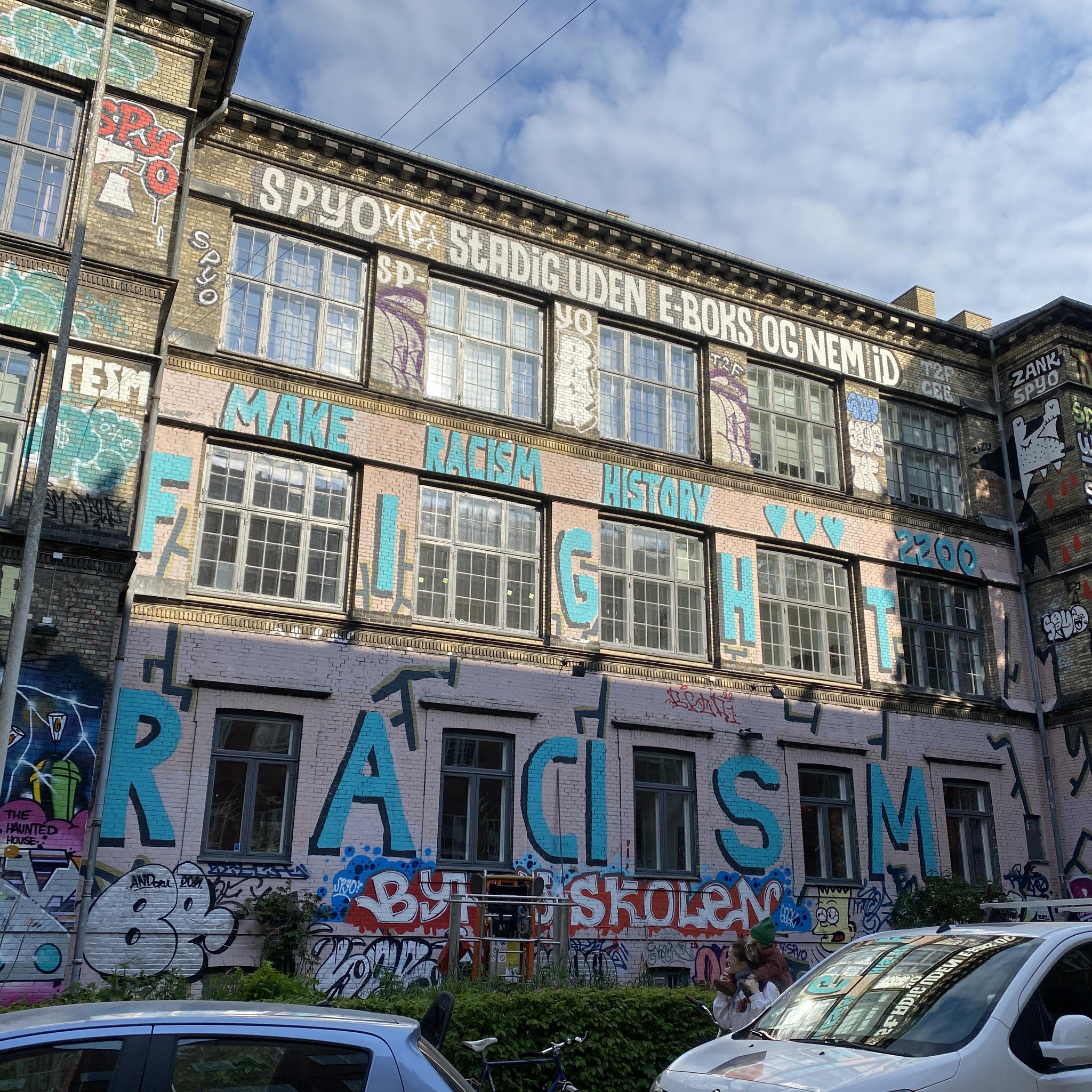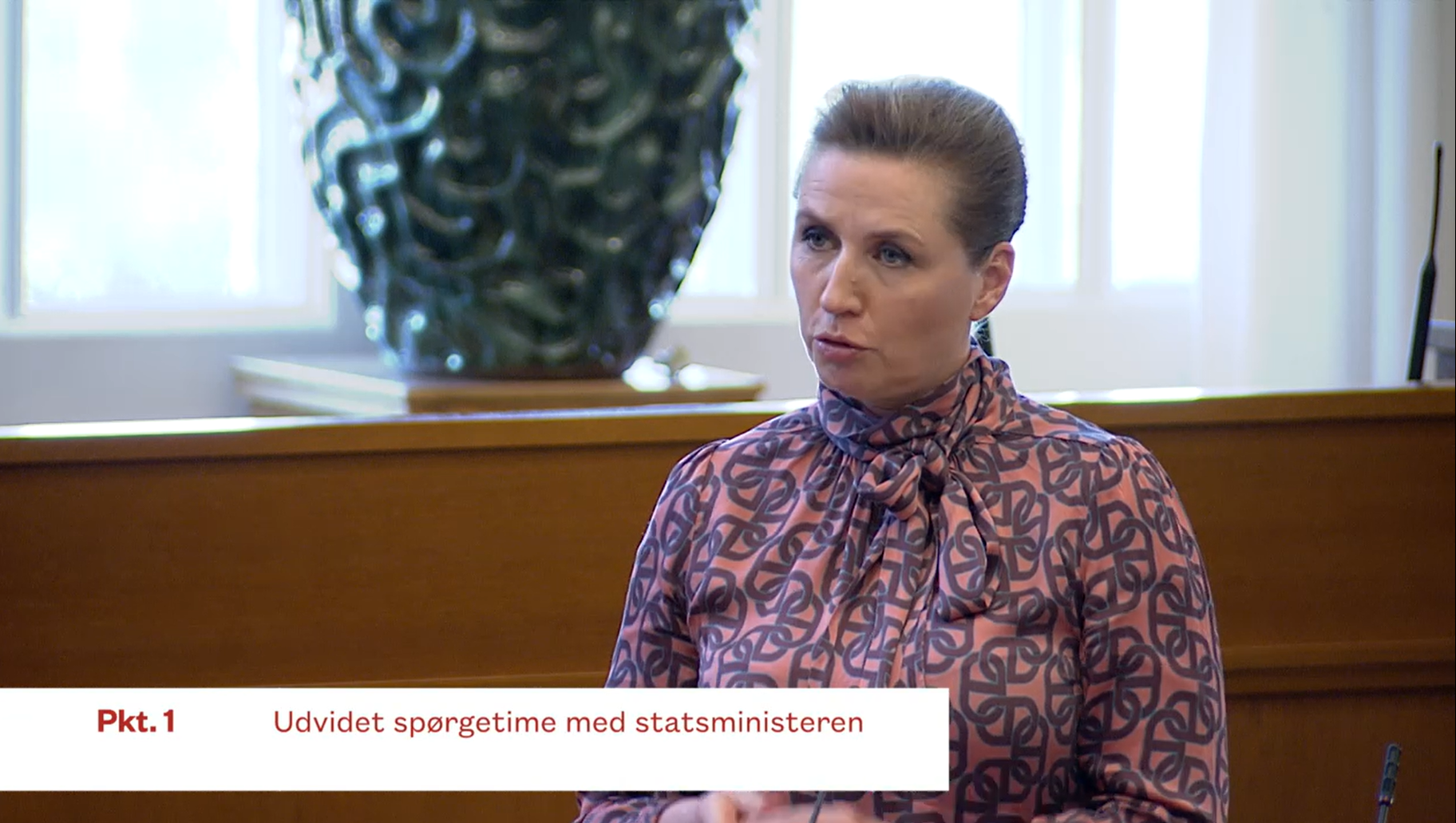The results of the police’s annual survey of perceived security in the community, Politiets Tryghedsindeks, reveal that Danes feel more secure where they live than they did last year.
This year 89.3 percent of citizens responded that they feel safe, which represents a 2.5 percent increase compared to 2014.
The survey also gathers data specifically from residents of 26 so-called vulnerable areas, where there are identified to be particular safety problems. Here 72.7 percent of respondents said they felt safe – a 2.8 percent increase on last year.
READ MORE: Denmark has fewer marginalised districts than last year
Police working more strategically
Jens-Henrik Højbjerg, the head of the national police Rigspolitiet, puts the increases down to developments in policing.
“We are experiencing a positive development in local police work. This is largely due to Danish police now working more strategically with analysing and defining the challenges that local police forces are faced with,” he said.
“We tackle the challenges with the knowledge and experience that is collected from across the country. This gives us the opportunity to make interventions that are suited to exactly the challenges that the local police are facing. But at the same time we can also intervene with common initiatives, where this gives the best results. I see this year’s progress in the safety index as a sign that this way of working with the challenges gives more security locally.”
Politiets Tryghedsindeks focuses on three areas: neighbourhood problems, perceived safety and reported criminality. Statistics are generated for vulnerable areas, the country’s five largest cities, the 12 police districts, and the country as a whole.













